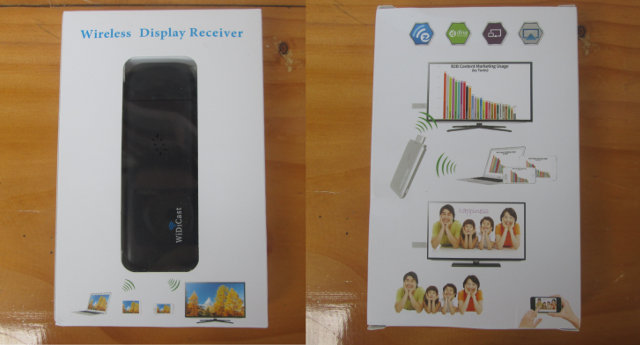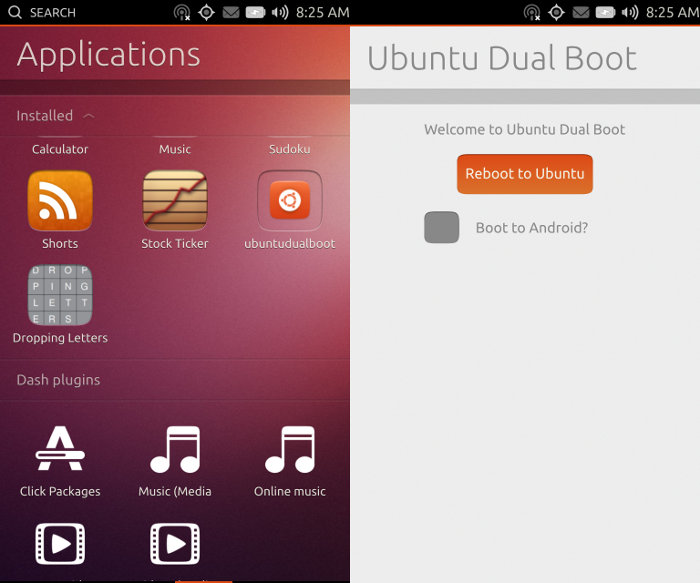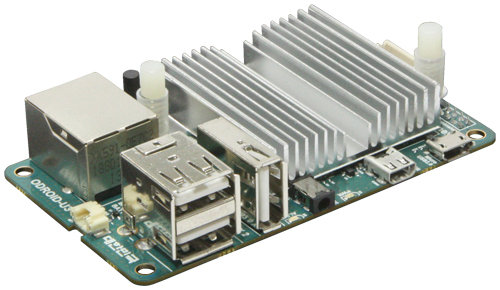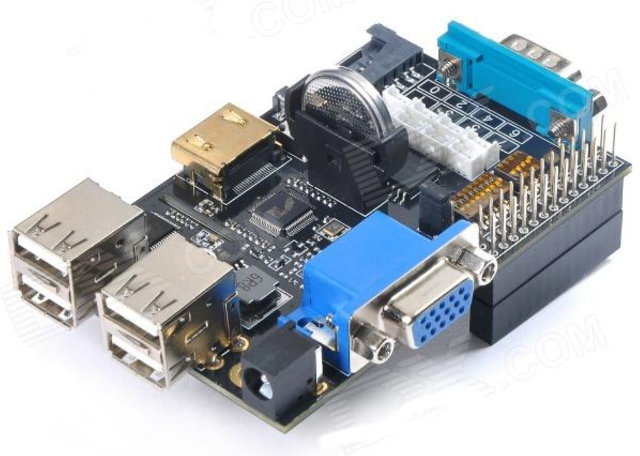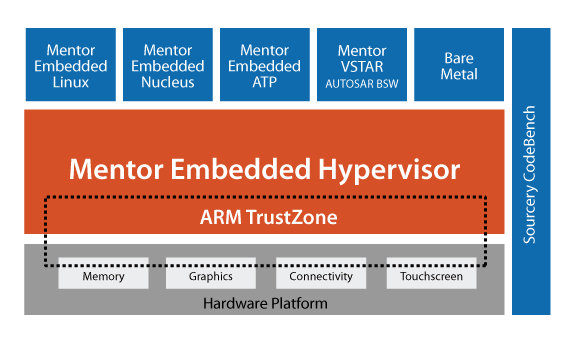Linux is omnipresent in your life via gadget running Android, but in the desktop world, as many of you already know, it’s not straightforward to get a Linux distribution fully work on ARM platform, because each ARM SoC or board is different, and above all binary blobs used for GPUs, VPUs, Wi-Fi and Bluetooth chips can make it extremely complex, even impossible, to have a fully working ARM Linux distribution for a given hardware. After considering that ARM Linux required too much effort, and was not used by many people, Bodhi Linux developers decided to call it a day in October this year, and dropped official support for ARM hard-float images: Effective immediately Bodhi is dropping official support for ARM devices. What does this mean? We will no longer be advertising an ARMHF download link on our front page Updates to ARM images will be infrequent/not at all. The ARM […]
WiDicast EC-E2 Wi-Fi Display (EZCast / Miracast / DLNA) HDMI Dongle Review
After my review of Tronmart T1000, an EZCast / Miracast / DLNA HDMI adapter, I’ve received another EZCast dongle with the same features called WiDiCast EC-E2 sent to me by Shenzhen EC Technology, the manufacturer of the device. In case you are not familiar with this type of device, they allow you mirror and control your smartphone / tablet (Android, iPhone, iPad) or computer (Windows, Mac OS X) display on an HDMI TV. Today, I’ll go through the specifications, show some pictures including a comparison with T1000, and try it with an Android smartphone. WiDicast EC-E2 Specifications Like all other EZCast adapters,WiDicast is based on Actions Semi SoC: SoC- Action Semi AM8251 @ 600MHz (MIPS) System memory – 128 MB DDR3 RAM Storage – 128 MB NAND Flash Video output – HDMI Wi-Fi – 802.11 b/g/n Wi-Fi Standards – Miracast, Airplay, DLNA, and EZCast Video container formats – avi, .divx, […]
Canonical Releases Ubuntu and Android Dual Boot Developer Preview
Canonical announced Ubuntu for Phones at the very beginning of the year, and the operating systems have been ported to several phones since then. The only problem is that if you just want to try it, you’d have to replace your Android installation. To work around this problem, Canonical just released Ubuntu and Android dual boot developer preview, that installs both OS on your smartphone, and one app in Ubuntu and Android, let you choose whether you want to boot Ubuntu or Android. The installation requires rewriting the Android recovery partition, and changes the partition layout, so Canonical only recommends Ubuntu Dual boot to developers, in case something goes wrong during installation. Having said that, the installation instructions do not seem particularly difficult to follow, as it’s just the case of running one script (dualboot.sh), after you’ve made sure your device is rooted, connected your phone to a Linux PC […]
Hardkernel Unveils $59 ODROID-U3 Board Powered by Exynos 4412 Prime Quad Core SoC
Hardkernel ODROID board family already features of the most cost effective development / hobbyist boards in the market. But the company has done it again, with ODROID-U3 a quad core board, software compatible with ODROID-U2, that sells for just $59 + shipping. ODROID-U3 specifications: SoC – Samsung Exynos 4412 Prime @ 1.7 Ghz with ARM Mali-400MP4 GPU @ 440MHz System Memory – 2GB @ 880MHz Storage – microSD slot, eMMC module socket USB – 3x USB 2.0 Host ports, 1x USB 2.0 device for ADB/mass storage Ethernet – 10/100Mbps (LAN9730) Video Output – micro HDMI Audio Output – 3.5mm Jack, micro HDMI System Console – UART (1.8Volt) DC Power – 5V/2A PCB Dimension – 83 x 48mm Weight – 48g with heatsink The company provides images and source code for Xubuntu 13.10, Android 4.x with u-boot 2010.12 and kernel 3.8, as well as the schematics (PDF). Support is available on […]
X100 Raspberry Pi Expansion Board Adds VGA Output, RTC and More
Suptronics X100 is an expansion board that connects on top of the Raspberry Pi in order to add VGA output, RTC, four USB ports, a micro SD card slot, an RS232 DB9 connector, and an 8-channel servo port. Key features of X100 expansion board: Input Voltage – 6V to 23V converted to 5V, 3A via step-down DC/DC converter to power the Raspberry Pi. VGA – HDMI to VGA converter supporting up to UXGA (1600×1200) and 1080p with 10-bit DAC USB – self-powered USB hub with 4 ports Storage – micro SD card reader RTC – NXP PCF2127AT / PCF2129AT with included CR2032 battery Debugging – RS232 DB9 connector (via MAX3232) to be used with a null-modem cable. I/Os – Reset switch for RPi reset, headers to access S1 & S5 on top of the Raspberry Pi Servo support – 8-channel Darlington driver chip (ULN2803) allowing to control electronic circuits […]
Linaro 13.12 Release with Linux Kernel 3.13, Android 4.4, and Ubuntu Saucy Salamander
Due to the end of year celebration, Linaro release is a little earlier at this time, and Linaro 13.12 has already been released with Linux Kernel 3.13-rc3 (baseline), Linux Kernel 3.10.24 (LSK), Android 4.4, and Ubuntu Linaro 13.12, which for the first time is based on Ubuntu 13.10 Saucy Salamander. Other interesting development include an initial arm64 Ubuntu saucy rootfs (that one?), work to support octa-core 4x Cortex A53, 4x Cortex A57 SoCs, an Android 4.4 KitKat LEB for the Galaxy Nexus, and ARMv8 LSK and Nexus7_2013-AOSP builds have been setup and Android can be now built using llvm-clang toolchain with the related patches submitted to upstream. On a related note, there are also some Midway and Highbank engineering build images for Calxeda server processors, which may not be that useful going forward, as unfortunately the company has just closed door after running out of cash. Here are the highlights of this […]
Mentor Embedded ARM Hypervisor Automotive Demo on Freescale i.MX6 Board
Virtual machines are usually run on server or desktop PC to run several operating systems simultaneous. About 2 years ago, I wrote about an embedded hypervisor running Linux and Android on the Pandaboard develompent board, with the goal of separating home and enterprise operating systems in mobile devices so that enterprise data is safe. Since then, virtualization extensions are now part of ARM Cortex A15 / A7, and as well as the new Cortex A53 / A57 ARMv8 64-bit cores, but in my mind at least, those where mostly designed to address the server market. It turns out hypervisors are also useful in the automotive field, where for example, the dashboard and In-vehicle infotainment (IVI) systems runs in two separate virtual machines controlling two different displays from one processor. Mentor Embedded showcased such automotive system at ARM Techcon 2013, where they showed a Freescale i.MX6 quad core board, which looks […]
Fedora 20 “Heisenbug” Release Makes ARM a Primary Architecture
Fedora has been supporting ARM architecture for a while now, but it was only as a secondary architecture without official support. With the recent Fedora 20 release, nicknamed “Heisenbug”, the ARM architecture, more exactly ARMv7 hard float and greater, is promoted to a primary architecture meaning ARMv7 will have the same status as x86 and x86_64 architectures with packages officially build and supported by the Fedora community. What it does not mean however, due to the nature of ARM architecture, is that you can simply download an ISO to install on any ARM platforms, like you would do on an Intel or AMD computer. It’s a little more complicated than that, as it is platform specific, but instructions are available for the Beaglebone Black, Compulab Trimslice, the Wandboard, Calxeda Energycore Midway and Highbank, and Versatile Express in QEMU. You can download images with MATE, KDE, XFCE, LXDE, SOAS desktops, as […]



